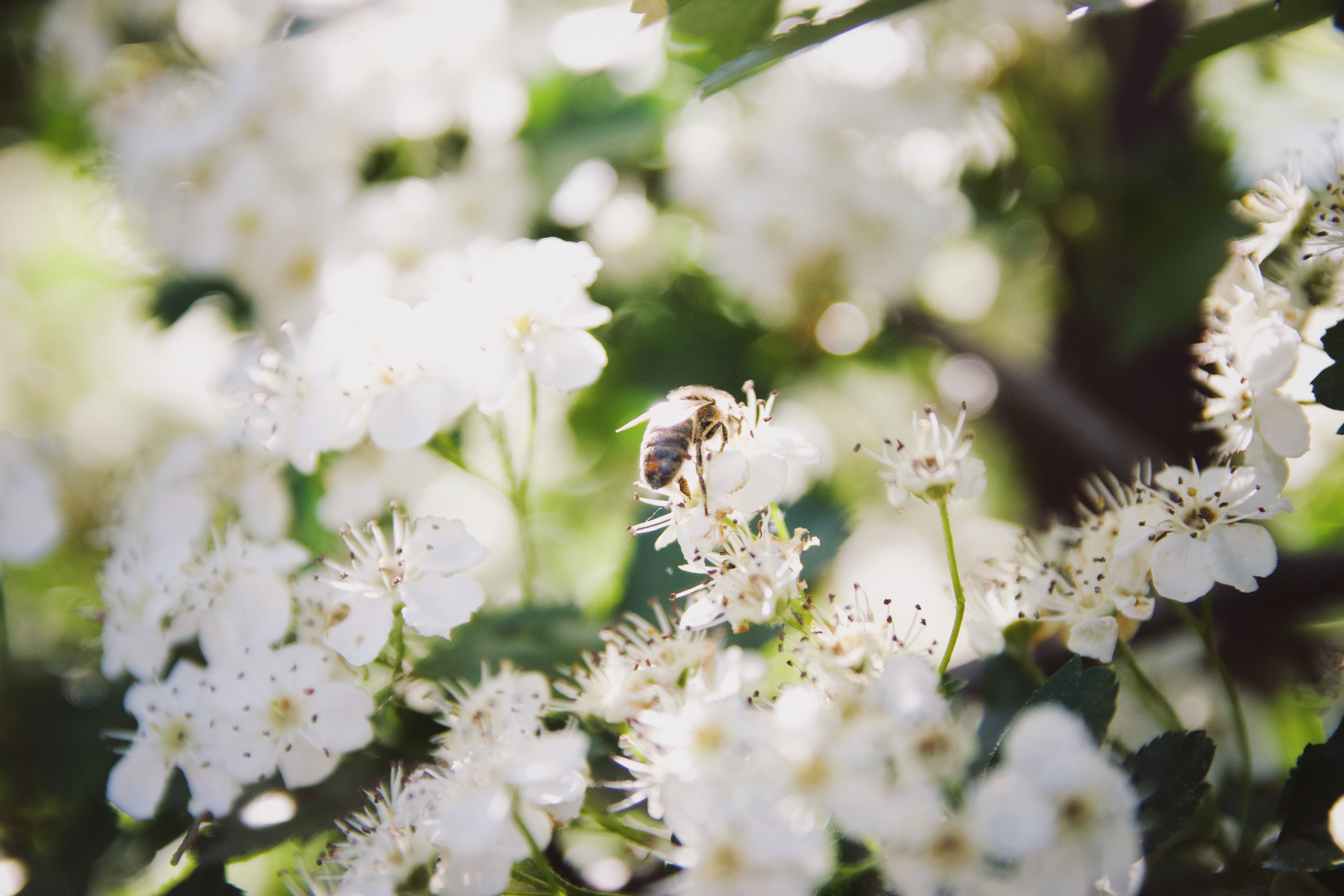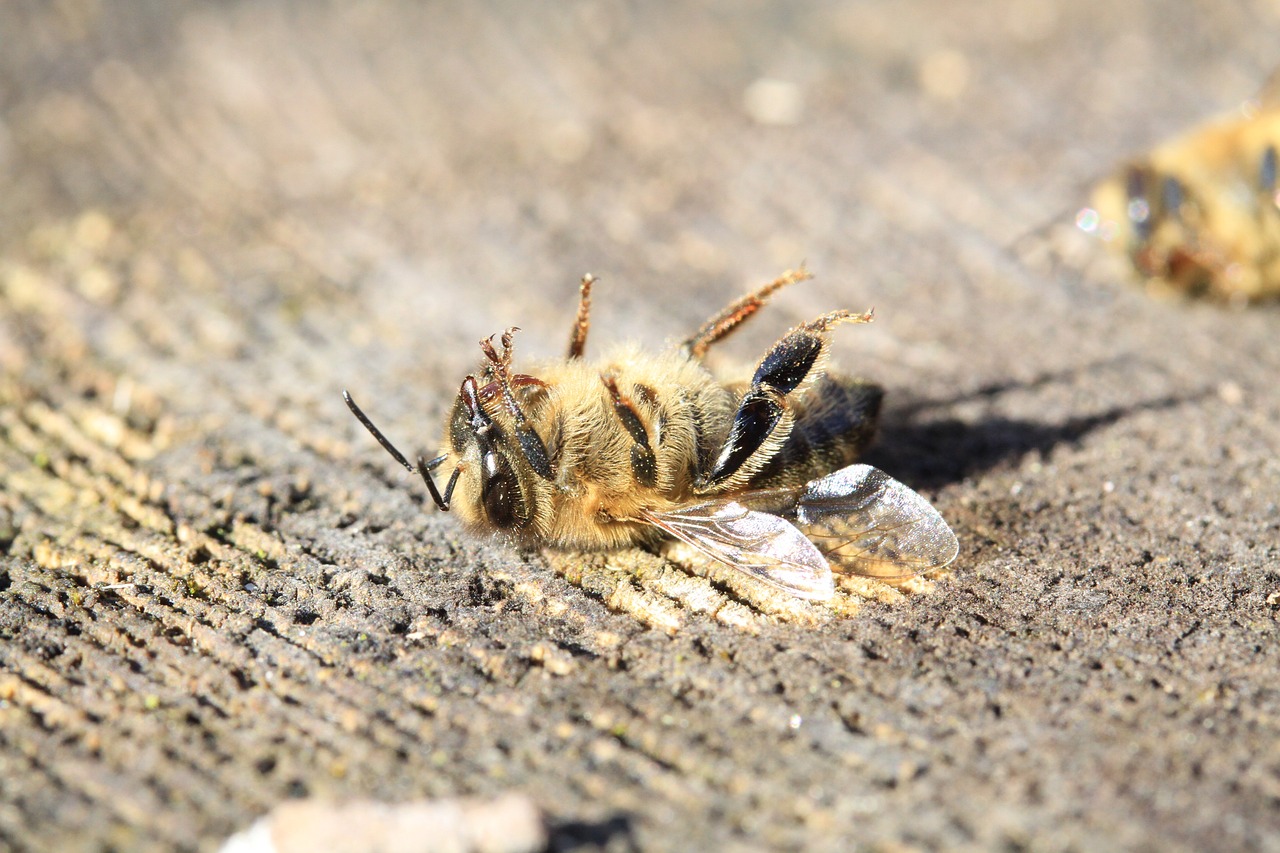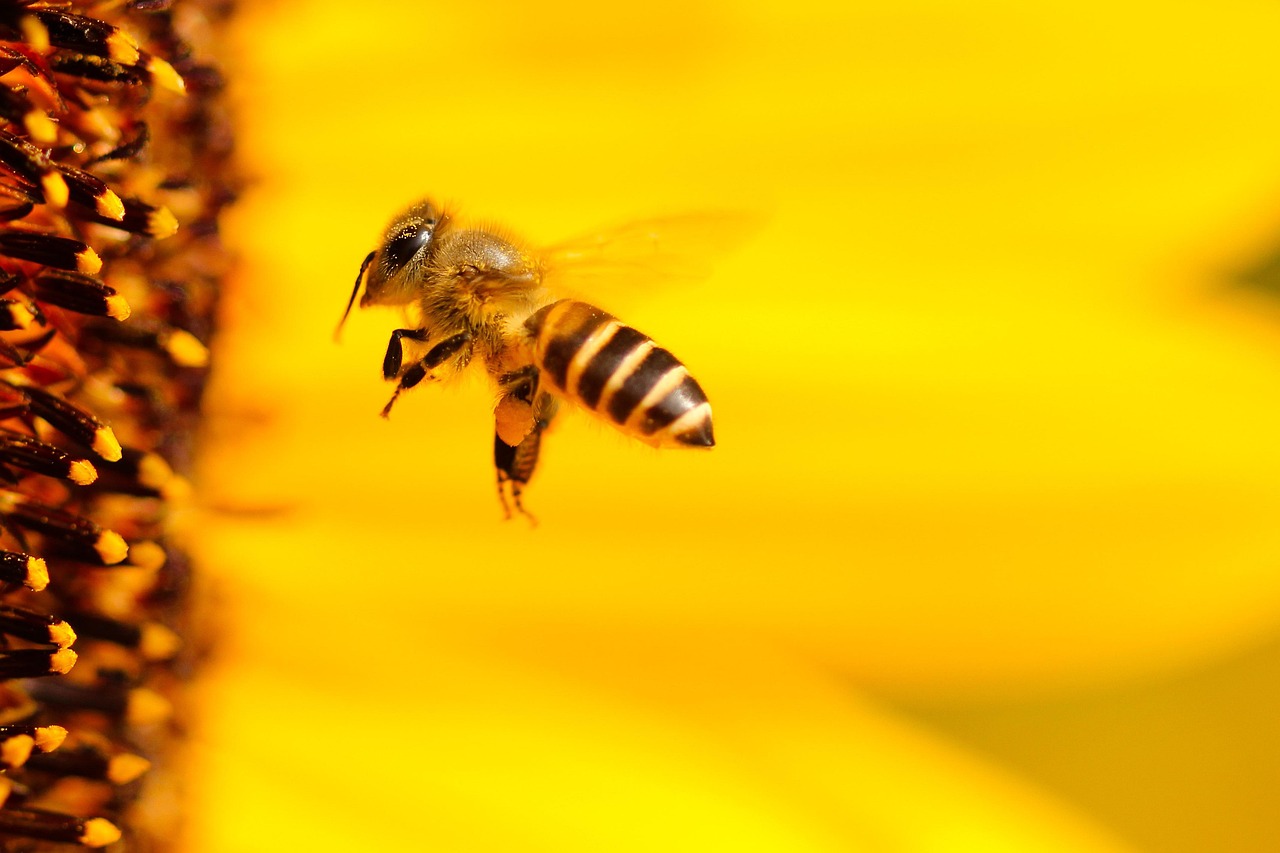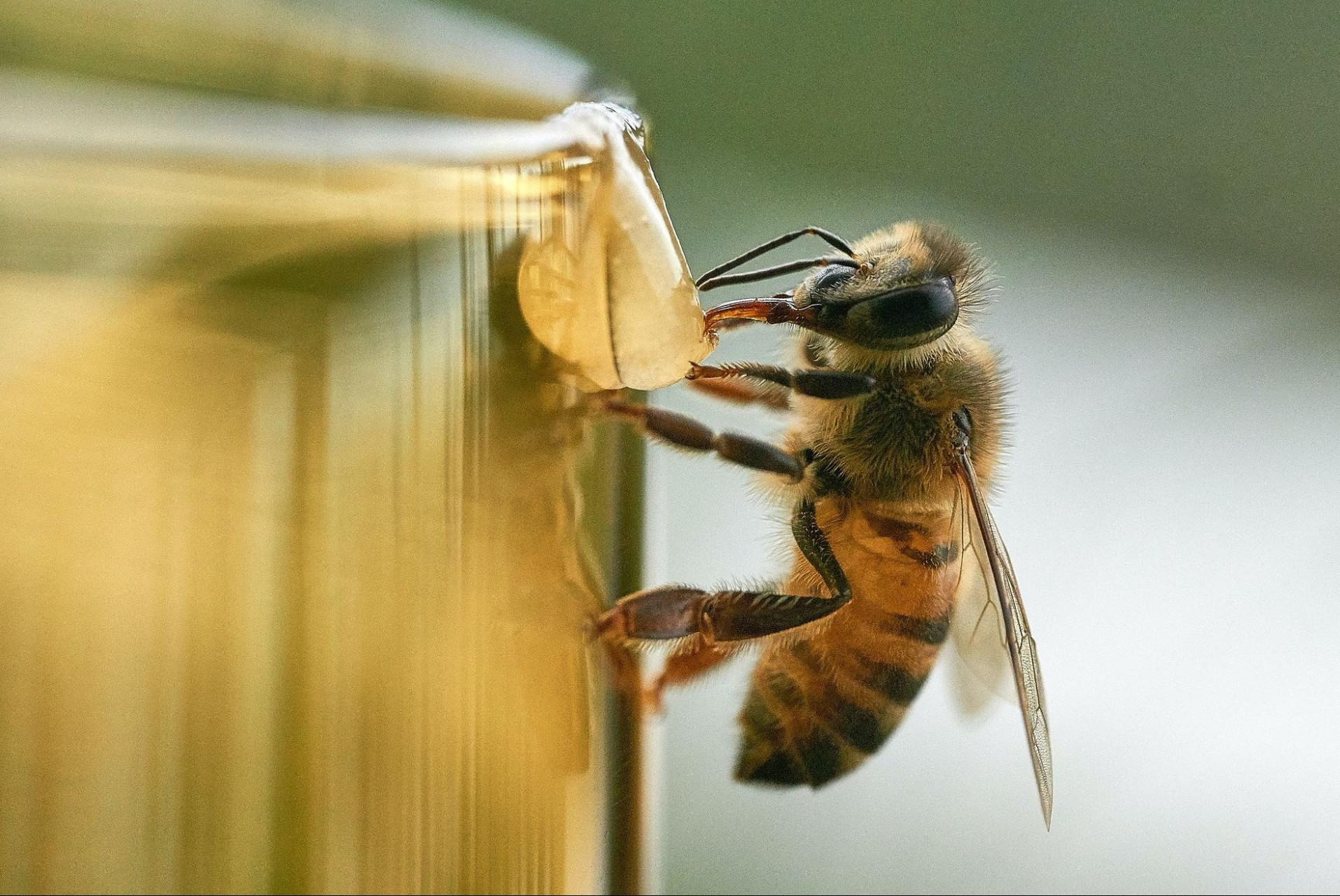A Guide to the Species of Honey Bees
There are many different types of honey bees, each with its own unique details and characteristics. Scientists and beekeepers have studied these different bee species to learn more about how they work, the role they play in their environments, and how we can best interact with and protect them.
Understanding the diverse honeybee species is fundamental. Whether it's their social structure or their unique influence on pollination patterns, there's so much to discover about each species. This knowledge forms the groundwork for creating a sustainable environment for them and us.
This bee guide aims to shed light on some of these captivating species. Let’s learn more about nature's tiny wonders.
Carniolan Bee
The Carniolan honeybee is extremely popular among beekeepers for several reasons. These bees have a remarkably gentle temperament, making it easier to work with and around their hive.
Carniolan bees also have a remarkable spring buildup, which means they can take advantage of the early spring blooms and create a large, productive population by the time summer comes around. However, beekeepers who keep Carniolan bees must keep an eye out for swarming since the early population blooms create a higher tendency to swarm in the summer.
| Bee Tip: Carniolan bees' gentle nature makes them an excellent choice for novice beekeepers looking for a user-friendly introduction to honeybee care and management. |
Italian Bee
Another beekeeper favorite, the Italian honey bee, has it all—a peaceful attitude, fantastic honey production rates, and less tendency to swarm.
Many beekeepers have found success with this popular honeybee. However, their longer brood cycles mean they go through resources quickly. This also leads to Italian bees stealing honey from neighboring hives, which increases the risk of diseases spreading among populations.
German Bee
The German bee, also referred to as the black bee or German dark bee, is unique with its dark brown or black hair. They have a reputation for being more defensive compared to other species like the Italian or Carniolan bees, which has made them less popular among beekeepers.
However, these bees are remarkably resilient and well-adapted to surviving long, harsh winters typical of northern climates. On the downside, they are more prone to diseases that have caused significant damage to their populations over recent decades.
Caucasian Bee
Caucasian bees stand out with their large, gray bodies that are notably hairy and their long tongues. These features are advantageous, enabling the Caucasian bees to access nectar from flowers that other bees cannot reach.
Like their Carniolan and Italian counterparts, Caucasian honey bees are known for their gentle nature. However, their colonies tend to expand slower in the spring, leading to lower honey production compared to other species.
Interestingly, Caucasian bees are also characterized by their proclivity to use a large amount of propolis in hive construction. While this trait contributes to their survival, it can pose challenges for beekeepers when extracting honey or performing hive inspections.

Russian Bee
Russian bees come from the Primorsky region in Russia, where they adapted to the harsh climate and the presence of severe honeybee parasites. These hardy bees are known for their exceptional resistance to mites and diseases.
Just like their Carniolan, Italian, and Caucasian counterparts, Russian bees are also admired for their gentle behavior and lower tendency to swarm. However, they have a unique trait; they adjust their worker population based on the availability of pollen and nectar. This means fewer mouths to feed during scarcity, resulting in less strain on resources, although it can lead to slower colony expansion.
Buckfast Bee
Bred by Brother Adam at Buckfast Abbey in the United Kingdom, the Buckfast bee is a mix of several bee races. Its genetic diversity makes it known for a wide range of desirable traits, including its resistance to diseases, prolific honey production, and low swelling tendency.
However, unlike other species, Buckfast bees require more management to prevent aggression. If left unmanaged, the colony may raise more defensive bees, making beekeeping more challenging. Despite this, with proper attention, Buckfast bees can provide a stable and productive hive.
Apis Dorsata Bee
Apis Dorsata, also known as the giant honey bee, is native to South and Southeast Asia. This species is known for building impressive, exposed single-comb hives, often high up on trees, cliffs, or buildings.
The giant honeybee isn't commonly kept by beekeepers due to its more aggressive nature and tendency to abscond when disturbed. However, its incredible ability to produce substantial amounts of honey and its pollinating power in the wild make it an important species in its native regions. This species is also critical for its role in maintaining biodiversity within its habitat.
Saharan Honeybee
The Saharan honeybee is a unique species that can survive in some of the most inhospitable conditions. Native to northern Africa, these bees are incredibly resilient and can tolerate extremely hot and dry climates.
Though not typically maintained by beekeepers due to their aggressive nature, they are paramount to the survival of flora in their local ecosystems. However, their potential for surviving in harsh conditions could provide valuable insight into helping other bee species adapt to changing global climates.
Apis Mellifera scutellata Bee
This species, also known as the African honeybee or “killer bee,” is native to central and southern Africa. It garnered a fearsome reputation due to its highly defensive behavior and tendency to sting in larger numbers.
Despite this reputation, they are excellent honey producers and have a higher resistance to disease and parasites compared to their counterparts from other regions. These traits potentially make them an important resource for future crossbreeding efforts to enhance honeybee resistance to diseases.
| Quick Fact: African honey bees' high disease resistance makes them a potential game-changer in securing the future of global bee health. |
Eastern Honeybee
The Eastern honey bee, also known as the Asiatic honey bee, is native to South and Southeast Asia. It's smaller than the more commonly known Western honeybee but is still an efficient pollinator and honey producer.
However, Eastern honey bees have a higher tendency to abscond when a threat is detected. This makes them challenging to keep, but they play a crucial role in pollinating native plants in their natural habitats. Their resilience to local pests also offers room for further study and potential breeding programs.
Understanding Honeybee Behavior
A captivating aspect of studying different honeybee species is appreciating their wide range of behaviors. From their calm or defensive nature to their swarming tendency and their adaptability to climate changes, honeybee behavior significantly impacts their survival and productivity.
The following table compares the behaviors of three popular bee species—Italian, Carniolan, and Russian honey bees.
| Honey Bee Species | Temperament | Swarming Tendency | Climate Adaptability |
| Italian Bee | Calm and gentle | Low | Adaptable but prefers warm climate |
| Carniolan Bee | Extremely gentle | High in spring and summer | Very adaptable, especially to cold climates |
| Russian Bee | Generally gentle, adjust behavior based on resource availability | Moderate to low | Exceptionally adaptable to harsh climates |
Threats to Different Bee Species

Understanding the diversity of honeybee species, their roles, and unique behaviors is only part of the complete picture. Equally important is the awareness of the challenges that these industrious pollinators face in their existence. Among these threats are the following:
Pesticide Exposure
A substantial threat to the well-being of honeybees lies in the extensive use of pesticides in agriculture. These toxic chemicals, designed to terminate a range of insects and pests, can have drastic collateral damage on bees. Exposure to pesticides can weaken these pollinators, diminishing their ability to forage and reproduce and ultimately contributing to a decline in overall bee populations.
Habitat Loss
As human settlements expand and changes in land use occur, bees are increasingly losing their vital nesting locations and diverse floral resources. The widespread loss of meadows, forests, grasslands, and other bee-friendly habitats, curtails the healthy growth of bee populations. This form of habitat encroachment and destruction has far-reaching consequences on the overall health and survival rates of different honeybee species.
Diseases and Pests
Aside from environmental challenges, honey bees worldwide are being decimated by a range of diseases and pests. From viruses and bacterial infections to parasitic mites, these afflictions can cause dramatic losses in bee colonies. Conditions like colony collapse disorder (CCD), where most worker bees desert their hive leaving behind a queen and a few nurse bees, are closely linked to the rise of such diseases and pests.
Final Thoughts

Each of the different honeybee species has its pros and cons. Before you start your beekeeping journey, it’s important to know which type of bee species is right for you and your hives. Once you’ve made your decision, you can pick up your new bees, your hive box, and any other essential supplies at Mann Lake.
What specific bee behaviors have you noticed in your hives? Which honeybee species do you prefer? Share your experiences in the comments below.

